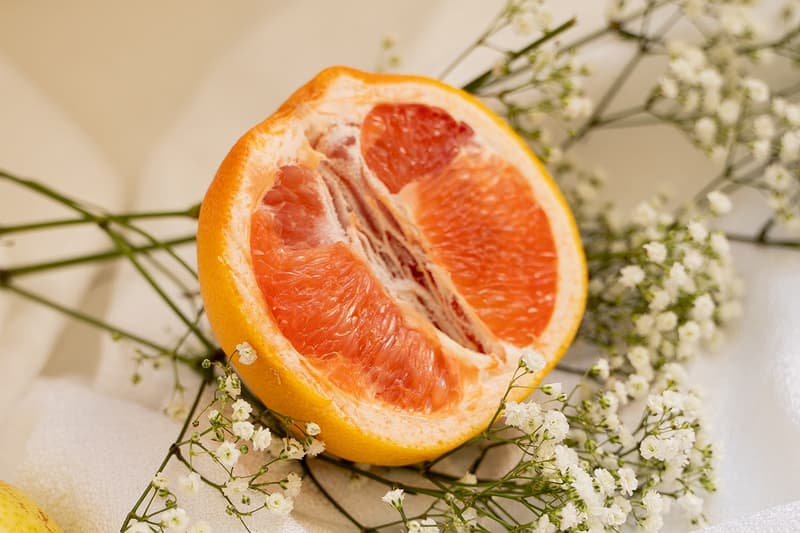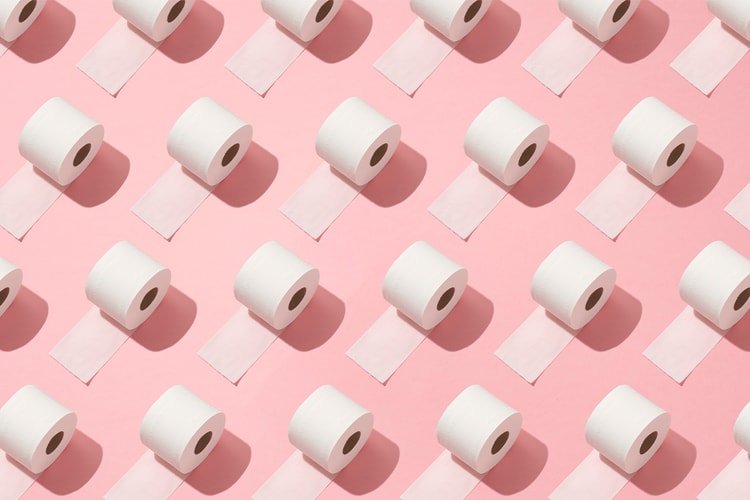The Most Common Vaginal Health Myths, Debunked
An OB-GYN addresses some of the biggest misconceptions.
Knowing the ins and outs of your vagina is imperative for both your health and confidence. Favor, the inclusive primary care provider, takes pride in educating all folks with vaginas on how to maintain their health and wellness. Favor’s in-house OB-GYN, Dr. Amy Roskin, shares with Hypebae a few methods for ensuring great vaginal health.
Dr. Roskin notes that it is important to track changes within your vagina, such as “bleeding or changes in discharge, as well as any pain or discomfort.” You should always visit an OB-GYN if symptoms persist. Also, don’t forget to practice safe sex and use condoms to protect against STIs.
Below, Dr. Roskin debunks three of the most common misconceptions around vaginal health.
No, discharge isn’t always a bad thing.
Some discharge is completely normal and might change over the course of your menstrual cycle. If your discharge is clear and jelly-like or watery, this is likely completely fine. White discharge can be completely normal, but if accompanied by an odor or itching, it might be the result of an infection. Brown discharge usually comes at the end of your menstrual cycle, and is also generally not a cause for concern.
Discharge with a cottage cheese-like or green appearance can indicate an infection, and may require additional evaluation and testing. If you’re experiencing either of these forms of discharge, seek out licensed professional help from a doctor in your area, or reach out to a professional at a telehealth service like Favor who can get you the help you need.
You don’t have to regulate your vagina’s pH by cleaning it with a branded product.
The vagina is generally self-cleaning, so you don’t need to invest in products like douches (which are not recommended), or other scented soaps and washes that advertise a cleaner vagina. Best practices when cleaning your vulva are to use warm water and unscented soap and to dry it carefully with a clean towel.
Vaginas come in many different forms.
In a recent poll of its social media followers, Favor found that 59% of people have questioned whether or not their vulva looks normal, and 64% have experienced negative feelings about their own vulvas. There is no one way for your vulva and vagina to look, there is lots of normal anatomical variation.
























